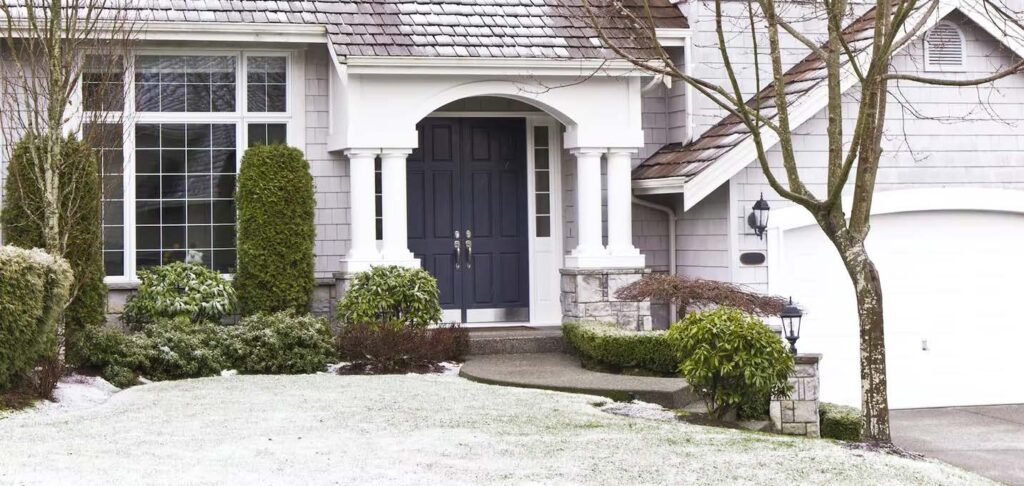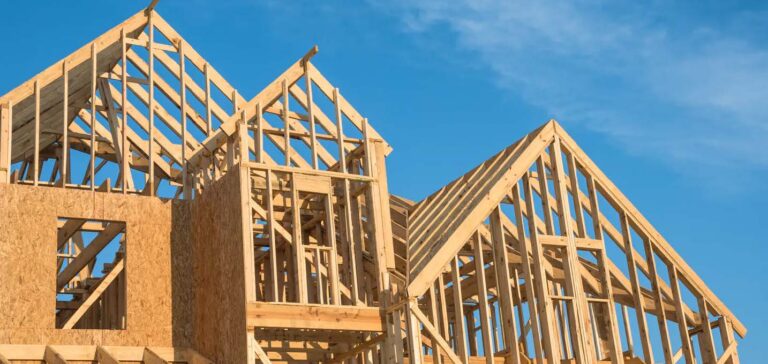
Although conditions still largely favored sellers, home prices remained unusually steady.
Typical for winter, January home sales took a dip, dropping over 30% from December’s total, according to the latest RE/MAX National Housing Report. The anticipated seasonal decline in home sales came amid another month of stability in home prices, as January’s average sales price equaled December’s. Although the January average sales price was 15.9% than a year ago, the slowing of drastic price appreciation is welcomed news for buyers.
The limited number of homes that were on the market in January also saw a slight uptick in the number of Days on Market compared to December. Inventory, however, remains historically low. November, December and January have each reset the mark for lowest inventory (in terms of units) in the last five years based on data from RE/MAX. And as long as there’s limited supply coupled with high demand, it’s reasonable to assume affordability will remain a headwind for hopeful buyers.
The National Association of Home Builders’ latest “priced out” report, states that 75.1 million households (roughly 60% of all U.S. households) are not able to afford a new median priced new home. That’s partly why any stabilization in prices – even a nominal one like that seen in January – is encouraging news that the progress builders have made is registering.
Nick Bailey, President and Chief Executive Officer of RE/MAX, LLC is focused on another metric when estimating where prices could go: mortgage rates. Although January saw an expected seasonal dip in sales, the housing market is still hot with mortgage demand from buyers taking advantage of low rates. With all these factors combined, the spring selling season may come early this year.
“Sellers continue to enjoy favorable conditions, but with January activity slowing a bit ahead of the peak spring selling season, the consistent run-up in prices has tapered off as well. Mortgage rates are beginning to tick up, which might actually accelerate sales as buyers and sellers rush to beat any further increases,” Bailey notes. “The price stabilization of the past few months is helping counter affordability issues, and we anticipate an active spring selling season driven by continued buyer demand.”
Here’s the need-to-know data from the 51 U.S. metro areas surveyed for the January 2022 RE/MAX National Housing Report:
Homebuying Cooled This Winter
A December-to-January decline in home sales is typical and expected, and January’s 31.4% drop from December’s total is a bit more than the seasonal norm. The markets with the biggest decrease in year-over-year sales percentage were San Francisco, CA at -24.2%, Manchester, NH at -18.0%, and Seattle, WA at -17.5%. Leading the year-over-year sales percentage increase were Honolulu, HI at +25.7%, Boise, ID at +10.4%, and Tulsa, OK at +5.8%.
Home Prices Remained Flat
January was the second month in a row of minimal month-over-month price increase. However, January’s Median Sales Price equaled December’s $335,000, which was only $5,000 below the report’s all-time high of $340,000 set in October 2021. No metro areas saw a year-over-year decrease in Median Sales Price. Thirty-five metro areas increased year-over-year by double-digit percentages, led by Phoenix, AZ at +28.5%, Raleigh-Durham, NC at +28.4%, and Salt Lake City, UT at +26.7%.
Supply Still Falls Short of Demand
There were 1.9 Months Supply of Inventory a year ago and January’s Months Supply of Inventory was 1.2. The number of homes for sale in January 2022 was down 11.9% from December 2021 and down 32.1% from January 2021. Of the 51 metro areas surveyed, zero metro areas reported a months supply at or over six, which is typically considered a buyer’s market. The markets with the lowest Months Supply of Inventory were Denver, CO at 0.4, and a three-way tie between Charlotte, NC, Seattle, WA, and Raleigh-Durham, NC at 0.5.
Article originally appeared on RE/MAX.com.







